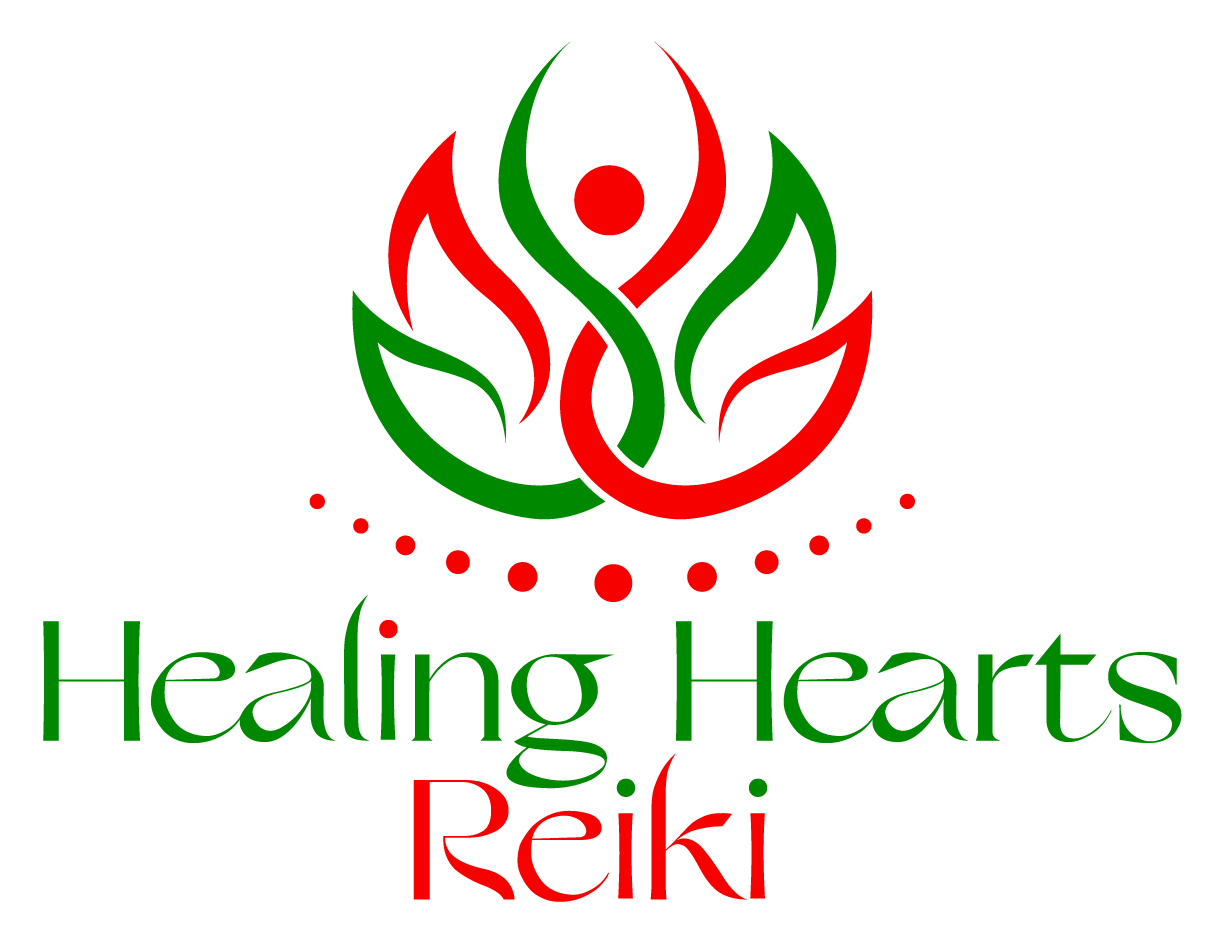Mindfulness refers to the practice of being fully present and attentive to the current moment. It involves focusing on the here and now, often in connection with everyday activities we often overlook, such as eating, moving, and even breathing. By integrating mindfulness into our daily lives, we can reduce stress and enhance our mood, as it strengthens our ability to concentrate on the present moment, preventing us from feeling scattered or fixated on the past or future. It’s often said that when we’re feeling sad, we’re dwelling in the past, and when we’re anxious, we’re living in the future. The goal is to anchor ourselves in the present, and mindfulness can help us achieve that state.
The Benefits of Mindfulness
Mindfulness revolves around directing awareness to the present moment while accepting our thoughts and emotions. This practice has been associated with numerous benefits. According to a 2019 review focused on mindfulness for adolescents, it may offer advantages in areas such as:
- Attention deficit hyperactivity disorder (ADHD)
- Anxiety
- Chronic pain and illness
- Depression
- Disordered eating, including binge eating disorder
- Sleep issues
- Stress-related to competitive sports
- Substance use disorders (SUD)
Now, let’s explore how we can all cultivate mindfulness through the “STOP” acronym, which stands for Stop, Take a Breath, Observe, and Proceed. This four-step technique can be completed in a minute or less and offers several well-documented benefits.
How to Utilize the STOP Mindfulness Technique:
Stop What You Are Doing: Pause your thoughts and actions momentarily. Whether you’re in a challenging situation or dealing with racing thoughts, acknowledge that you’re shifting your focus to the present moment.
Take a Breath: Pay attention to your breath, using it as an anchor to the present moment. Inhale and exhale mindfully, feeling the sensation of each breath. Breathing through your nose and exhaling through your mouth a few times can help slow both your body and mind.
Observe: This step encourages you to be aware of your internal and external world. Observe your bodily sensations, emotions, and thoughts. Take note of physical sensations, what you see, hear, taste, smell, and touch. Reflect on your emotional state and mental thoughts, including any assumptions or judgments you may be making about yourself.
Proceed: After stopping, observing, and breathing mindfully, you’re ready to continue with your activities. Incorporate what you’ve learned from this moment of mindfulness into your actions. For example, if you observe stress during an exam question, you might decide to move on to the next question for the time being. If you’re engaged in a challenging conversation and notice irritation, the STOP method may lead you to pause the conversation, choosing to return to it when you’re feeling more rested and composed.

